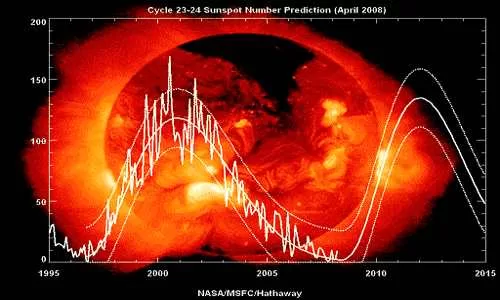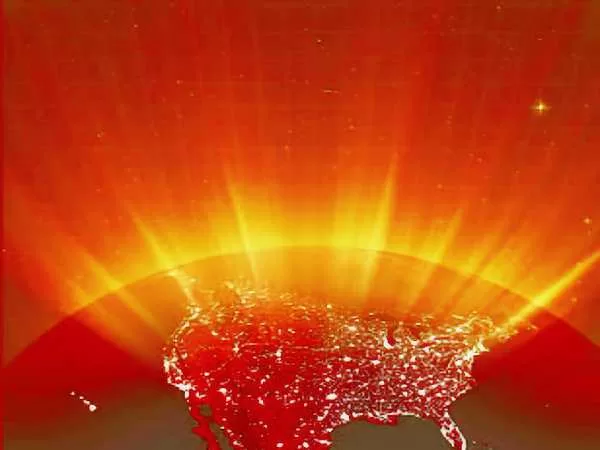Imagine a world where one moment you are casually scrolling through your phone, and the next, everything shuts down—your phone, your lights, your car, and even the communication systems. It’s not a scene from a post-apocalyptic movie but a very real scenario that could happen due to either a solar storm or an electromagnetic pulse (EMP) event. But how worried should we be? Let’s break it down.
The Threat of Solar Storms
Solar storms occur when the sun releases massive bursts of energy in the form of solar flares and coronal mass ejections (CMEs). These events send charged particles hurtling through space at incredible speeds. If these particles collide with Earth’s magnetic field, they can disrupt everything from satellites to power grids.
One of the most famous solar storms happened in 1859, known as the Carrington Event. The storm was so powerful that it knocked out telegraph systems across Europe and North America, causing fires and disabling communication networks. Today, with our dependence on electronics and global infrastructure, the impact could be far more devastating.
According to NASA, the next peak in the solar cycle is predicted to occur in the near future. While solar storms of this magnitude are rare—around once in a century—the possibility of a new Carrington-level event is real. Scientists have raised concerns that if a similar event occurred now, it could cripple modern technology and plunge us into chaos.
EMP Threats: Man-Made Solar Storms?
While solar storms are natural phenomena, EMPs can be man-made. EMPs are bursts of electromagnetic radiation that occur after the detonation of a nuclear device at high altitude. They have the potential to fry electronics over a vast area, covering thousands of miles.
The U.S. government has studied the potential effects of an EMP attack extensively. According to a 2004 Commission report, an EMP could potentially collapse the power grid, shut down water and food supplies, and disable transportation networks. It’s not just the power outage that’s concerning; it’s the cascading failure of the systems we rely on for daily life. The report also suggests that an EMP attack could lead to a situation where up to 90% of the population could die within a year due to lack of food, clean water, and medical supplies.

The Impact on Modern Infrastructure
We’ve become so accustomed to the convenience of modern life that it’s hard to imagine how vulnerable we are. Every aspect of our society relies on electricity—communication, transportation, healthcare, and food supply chains. If the power grid fails, even for a short period, the consequences would be devastating.
Take, for example, our dependence on vehicles. A large-scale solar storm or EMP event could disable a significant portion of the 130 million cars and 90 million trucks currently on the road in the U.S. Cars manufactured after the 1980s contain numerous electronic systems, making them vulnerable to EMP or solar flare interference. The Commission report suggests that while not all vehicles would be disabled, a significant percentage could stall, leading to massive traffic congestion and accidents.
And what about planes? The aviation industry has built-in protections against electromagnetic interference, such as lightning strikes. However, in the event of a severe EMP, the entire air traffic control system could be damaged, grounding planes for months and leaving travelers stranded.
Can We Protect Ourselves?
Thankfully, steps can be taken to mitigate the risks posed by solar storms and EMPs. Satellites can be shut down temporarily during solar storms to protect them from the effects of charged particles. Power grids and communication networks can be hardened with protective shielding to prevent damage from electromagnetic radiation. For example, NASA has been working on active mini-magnetosphere shielding for satellites and astronauts.
In the U.S., legislation has been passed to help harden the electrical grid against the effects of solar storms. These measures aim to ensure that power stations can survive an EMP or solar storm and continue supplying electricity to homes and businesses.
However, these preventive measures are far from comprehensive. Much of the world’s critical infrastructure remains vulnerable. Hospitals, water treatment plants, and food distribution networks are particularly at risk. While some progress has been made, many experts argue that we need to do much more to prepare for the possibility of a catastrophic event.
What Would Happen in the Worst-Case Scenario?
In a worst-case scenario, a large-scale EMP or solar storm could knock out power across the country for weeks or even months. During that time, communication systems would be down, food supplies would dwindle, and transportation networks would grind to a halt.
Without power, cities would become chaotic. Grocery stores would quickly run out of food, and without gasoline, trucks wouldn’t be able to deliver more. Water treatment plants would cease to function, leading to a shortage of clean water. Hospitals would be overwhelmed with patients but would lack the resources to care for them.
In such a scenario, civil unrest would likely erupt as people fight for basic necessities. The U.S. military and police forces would be stretched thin, and there could be a sharp increase in crime and violence. Even though the government has emergency plans in place, the sheer scale of the disaster could overwhelm even the best-prepared agencies.
Conclusion
So, how worried should we be? The possibility of a catastrophic solar storm or EMP event is real, but it’s important to remember that these events are rare. The last major solar storm occurred over 150 years ago, and while EMPs are a potential threat, they require a high level of sophistication to carry out.
That said, the risks posed by these events are significant, and we should take them seriously. Governments and organizations must continue to invest in protecting critical infrastructure and preparing for worst-case scenarios. As individuals, it’s also worth considering how we would cope in the event of a prolonged power outage. Having a plan in place and some basic supplies on hand could make all the difference.
In the end, while we don’t need to panic, we should be cautious and proactive in preparing for the possibility of a solar storm or EMP event. After all, as the saying goes, it’s better to be safe than sorry.

